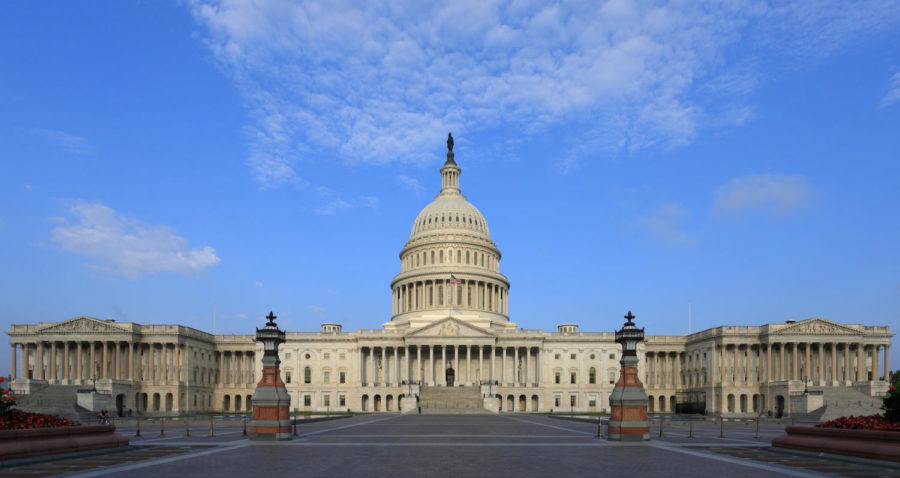Wright: Dodd-Frank executive order impact questionable
February 6, 2017
Finding an exact description of what Donald Trump will do to repeal many of the Obama administration’s financial reforms is pretty much an exercise in futility.
Part of this is because much of the public’s focus has been rightly directed at the recent executive order concerning immigration. Another part is that the Dodd-Frank executive order itself isn’t very clear, or well explained. There’s a great amount of conjecture about what the order will do, what it ought to do and whether it should exist at all. Very little on either side, however, has been described as to what the future actually holds.
There are important things to know about the order that don’t lie in the actual document. For one, Steven Mnuchin, nominee for Treasury secretary; Gary Cohn, head of Trump’s National Economic Council; and Steve Bannon, White House chief strategist, are all former major players at Goldman Sachs. Given the background of the order’s architects and the implications made by Trump over the last few days, it seems like the order will err strongly on the side of deregulation.
This isn’t necessarily a bad thing. The Dodd-Frank Act is the product of an often repeated and certainly necessary act of government responding to financial collapse with regulatory upheaval. Dodd-Frank is the latest one and the most drastic since the Great Depression.
These sorts of financial reform, though reactionary, provide some of the most long-term benefits to the United States as a whole of any legislation. Things like income taxes following the Civil War and the Federal Deposit Insurance Corp. after the Great Depression may have seemed drastic and unrealistic at the time, but now are aspects of the government we couldn’t imagine living without.
So what has Dodd-Frank brought to the table? In response to banks offering loans to consumers without any requirements for income or capital, the law requires that all loans be verified as given to someone who has a certain amount of money proportional to the amount they are borrowing. This seems to be the main point that the Trump administration takes issue with.
What I take issue with is that toward the end of his campaign, he accused the federal reserve of keeping interest rates low to encourage borrowers to take out loans they shouldn’t be taking. No evidence was shown that a bubble was growing in the market from businesses taking out loans they couldn’t afford, whereas it’s undeniable that before Dodd-Frank, many people were taking out loans they couldn’t afford in situations that are now illegal.
Furthermore, Alan Greenspan, former chairman of the Federal Reserve for 19 years and conservative opponent of the Dodd-Frank bill, was quoted saying that the only aspect he supported, and one he thought should be strengthened, was the minimum requirements for lenders to give out loans.
While the White House is wrong on this single act of repealing the law, both the argument that the law could be replaced with something better and the argument that it is unnecessarily difficult to take out a loan have good supporting evidence. One irrelevant and controversial part of the bill attempts to minimize the influx of conflict minerals into the United States, but has done more to hurt the legitimate parts of the African economy than to hurt the mineral black market.
Along with repealing certain aspects of the law, there is a strong case for reviewing the processes by which creditors give out and manage loans. Instead of using the one-dimensional method of capital requirements, he could find another route to deter subprime loans. But so far, the only legal requirement in this bill is the fact that the secretary of Treasury will report to the president in 120 days.
Hopefully this results in well-researched, trustable reform. This could be the start of something very regressive, or the opportunity to bring a large, necessary and flawed piece of legislation full circle.







